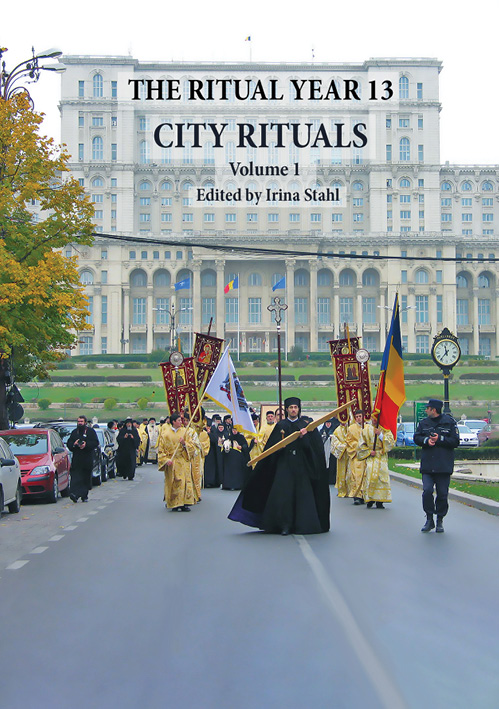The Rosary of 100 Requiem:Reviving an Old Ritual (and a Traditional Belief) in the Public Space of a Cemetery
Keywords:
Purgatory, worship of the dead, cemetery, procession, confraternity, Catholicism, afterlifeAbstract
The worship of the dead, and in particular of the holy souls in Purgatory, is a deep-rooted tradition in southern Italy. The related beliefs and rituals concern both the calendric customs (November is the month dedicated to the faithful departed) and the life cycle customs (the surviving connections with the dearly departed). One of the most widespread practices has been the recitation of the Rosary of 100 Requiem, during which participants recite ten sets of ten Requiem aeternam, the main Catholic prayer devoted to the faithful departed. This ritual could be individually or collectively performed within domestic/private or sacred/public spaces (churches, chapels, cemeteries). In this paper I discuss a collective ritual which a lay confraternity has recently revived in Castellaneta (Apulia). While originally (until the 1960s) it took place in a small room in the cathedral, now it is set within the larger space of a cemetery, in the form of a procession going through the cemeterial buildings. The participants, walking behind a Crucifix, recite one hundred Requiem aeternam and read pious texts along a sort of Via Crucis in ten stations. Significantly, instead of being bound to a specific period (for example, November), this ritual is performed on the first Sunday of every month. In so doing, the Rosary of 100 Requiem enables a dynamic reconfiguration of a sacred, urban, liminal space (the cemetery) through a revived and innovated ritual, whose monthly repetition transforms an almost vanished traditional practice into an ordinary community event that creates a deeply felt experience of life/death relationships.

